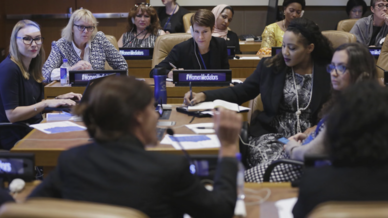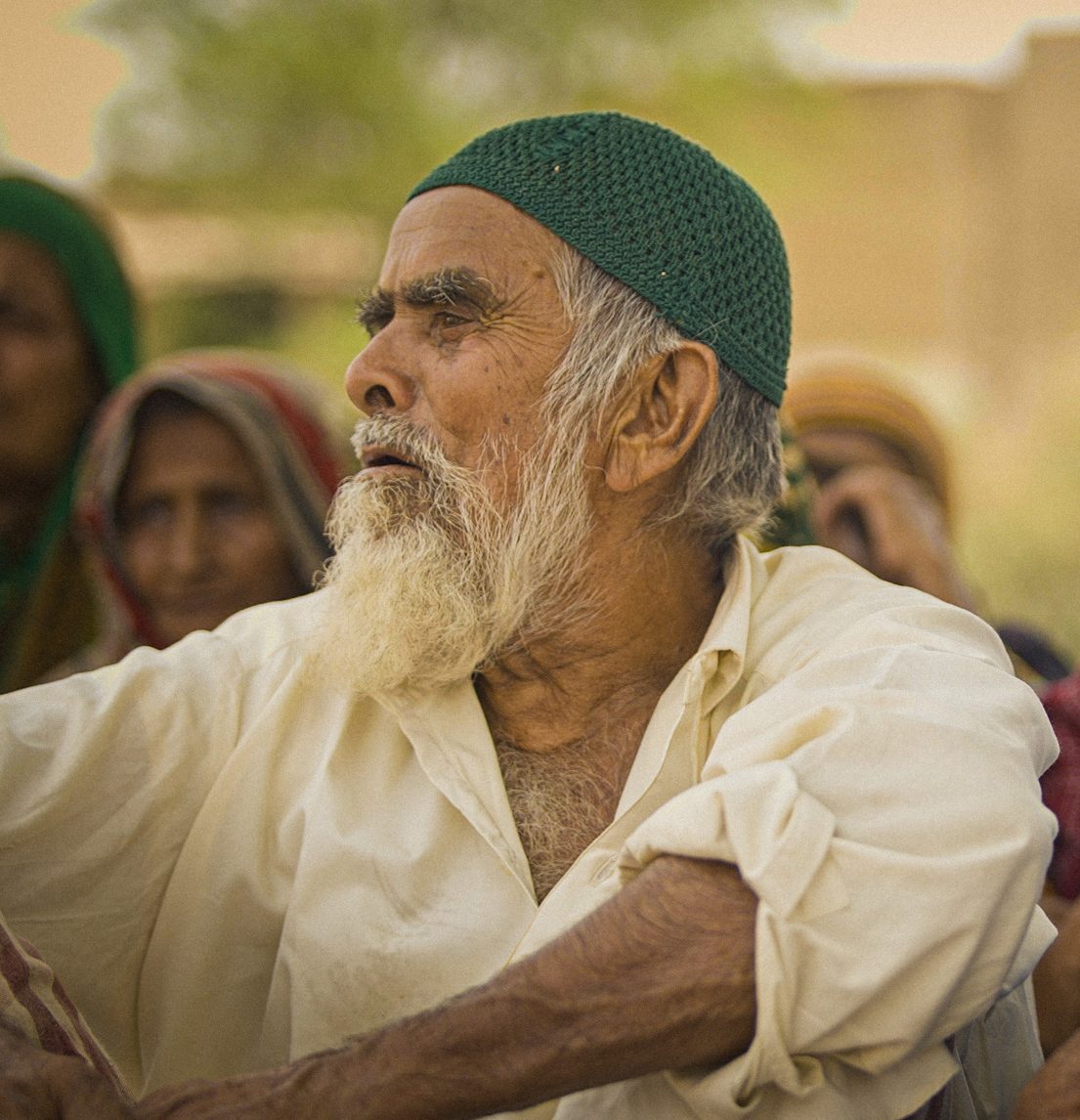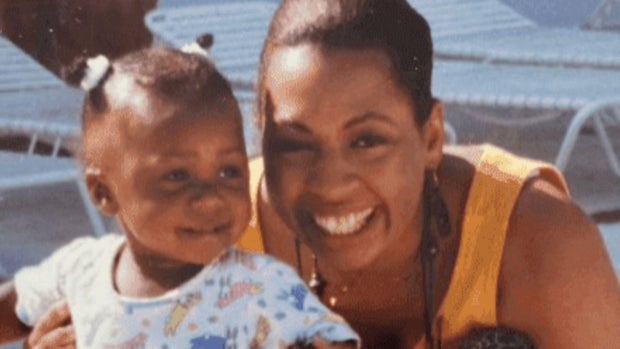Report on Gender Equality in Global Peace and Security Processes
Introduction: UN Resolution Milestone and Sustainable Development Goals
A report on the 25th anniversary of the United Nations Security Council’s landmark agreement linking gender equality to international peace and security highlights significant challenges in achieving key Sustainable Development Goals (SDGs).
- The agreement is a critical framework for implementing SDG 5 (Gender Equality) and SDG 16 (Peace, Justice and Strong Institutions).
- It formally recognizes the integral role of women in the prevention and resolution of conflicts, peace negotiations, peace-building, peacekeeping, humanitarian response, and in post-conflict reconstruction.
Current State of Global Conflict and its Impact on SDG 5
Escalating Conflicts and Disproportionate Risks
The current global landscape presents a severe setback to the progress of the SDGs, particularly for women and girls.
- The world is experiencing the highest number of active conflicts since 1946, directly undermining SDG 16‘s aim for peaceful and inclusive societies.
- This surge in conflict creates unprecedented risks for women and girls, jeopardizing their safety, health, and well-being, which is a core concern of SDG 5.
Underrepresentation in Peace Processes: A Failure in SDG Implementation
Despite the 25-year-old mandate, the inclusion of women in peace negotiations remains critically low, failing to meet the targets set by the Sustainable Development Goals.
- Data from the past year indicates that only one in ten peace talks included female negotiators.
- This lack of participation directly contravenes SDG 5.5, which calls for women’s full and effective participation and equal opportunities for leadership in political life.
- It also hinders the effectiveness of peace processes, as outlined in SDG 16.7, which seeks to ensure responsive, inclusive, participatory, and representative decision-making.
Expert Analysis and Policy Dialogue
Perspectives on Feminist Foreign Policy
Expert analysis underscores the urgent need to integrate gender perspectives into foreign policy and conflict resolution to achieve the SDGs.
- Chris Coulter, Executive Director of the Berghof Foundation, with extensive experience in conflict resolution, provides insights on the matter.
- Lyric Thompson, CEO of the Feminist Foreign Policy Collaborative, contributes to the discourse ahead of the Feminist Foreign Policy Conference, an initiative that supports SDG 17 (Partnerships for the Goals).
Case Study: National Policies on Gender and Security
Denmark’s Inclusion of Women in Armed Forces
In response to evolving geopolitical threats, some nations are re-evaluating gender roles within their national security frameworks.
- Amid concerns over Russian aggression following the war in Ukraine, Denmark has initiated the conscription of women into its armed forces.
- This policy shift reflects a national-level engagement with the principles of gender equality in the security sector, a complex issue related to the broader objectives of SDG 5.
Analysis of Sustainable Development Goals in the Article
1. Which SDGs are addressed or connected to the issues highlighted in the article?
-
SDG 5: Gender Equality
The article directly addresses SDG 5 by focusing on the connection between gender equality and international peace. It highlights the underrepresentation of women in peace negotiations and the specific risks women and girls face in conflict zones. The discussion around a “Feminist Foreign Policy” and Denmark drafting women into its armed forces further reinforces the theme of women’s roles in public life and security.
-
SDG 16: Peace, Justice and Strong Institutions
This goal is central to the article, which revolves around the “maintenance of international peace and security.” It explicitly mentions the “highest number of active conflicts since 1946,” “peace talks,” and “conflict resolution.” The core issue discussed—the lack of female negotiators—points to a failure in creating inclusive and participatory institutions for peace-making processes.
2. What specific targets under those SDGs can be identified based on the article’s content?
-
Target 5.5: Ensure women’s full and effective participation and equal opportunities for leadership at all levels of decision-making in political, economic and public life.
The article’s central statistic that “only one in ten peace talks in the past year included female negotiators” is a direct reflection of this target. Peace negotiations are a critical form of political and public decision-making, and the article clearly states that women are not being given equal opportunities for participation and leadership in this arena.
-
Target 16.7: Ensure responsive, inclusive, participatory and representative decision-making at all levels.
This target is addressed from the perspective of peace processes. The fact that 90% of peace talks lack female negotiators demonstrates that these decision-making processes are not inclusive or representative of the populations they affect, particularly women who face “unprecedented risks” during conflicts.
-
Target 16.1: Significantly reduce all forms of violence and related death rates everywhere.
The article implies this target by stating that the high number of conflicts creates “unprecedented risks for women and girls.” This highlights the need to reduce violence, especially gender-based violence, that is prevalent in conflict situations.
3. Are there any indicators mentioned or implied in the article that can be used to measure progress towards the identified targets?
-
Proportion of women in peace negotiations
The article provides a very specific indicator: “only one in ten peace talks in the past year included female negotiators.” This translates to a 10% inclusion rate, which can be used to measure progress towards Targets 5.5 and 16.7.
-
Number of active conflicts
The article mentions the “highest number of active conflicts since 1946.” This serves as a direct indicator for the overall state of global peace and security, relevant to the overarching goal of SDG 16.
-
Level of risk for women and girls in conflict
While not a quantitative number, the article describes the situation as creating “unprecedented risks for women and girls.” This qualitative statement acts as an indicator of the severity of violence and lack of safety, which is relevant to measuring progress on Target 16.1.
Summary Table of SDGs, Targets, and Indicators
| SDGs | Targets | Indicators |
|---|---|---|
| SDG 5: Gender Equality | Target 5.5: Ensure women’s full and effective participation and equal opportunities for leadership at all levels of decision-making. | Proportion of peace talks including female negotiators (stated as “one in ten”). |
| SDG 16: Peace, Justice and Strong Institutions | Target 16.7: Ensure responsive, inclusive, participatory and representative decision-making at all levels. | The exclusion of women from 90% of peace talks, indicating non-inclusive decision-making. |
| Target 16.1: Significantly reduce all forms of violence and related death rates everywhere. | – The “highest number of active conflicts since 1946.” – The “unprecedented risks for women and girls” in conflict zones. |
Source: france24.com






